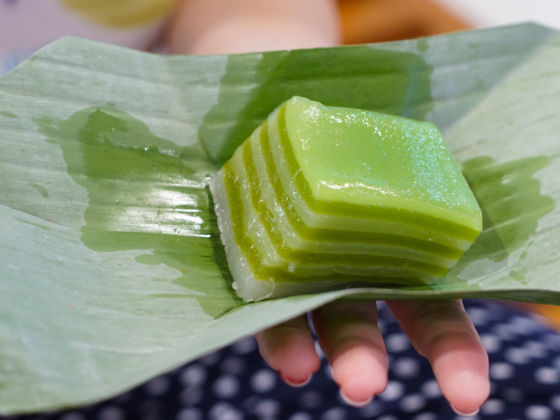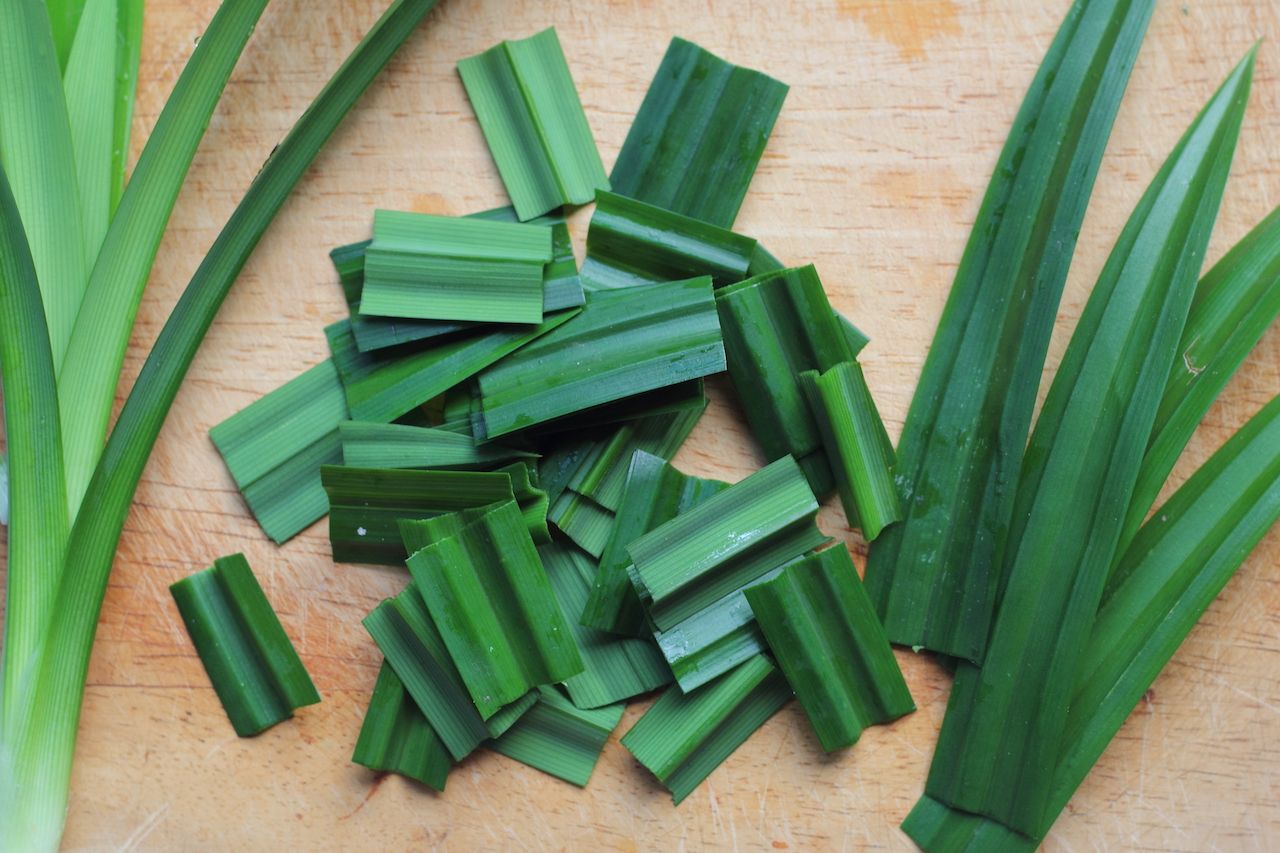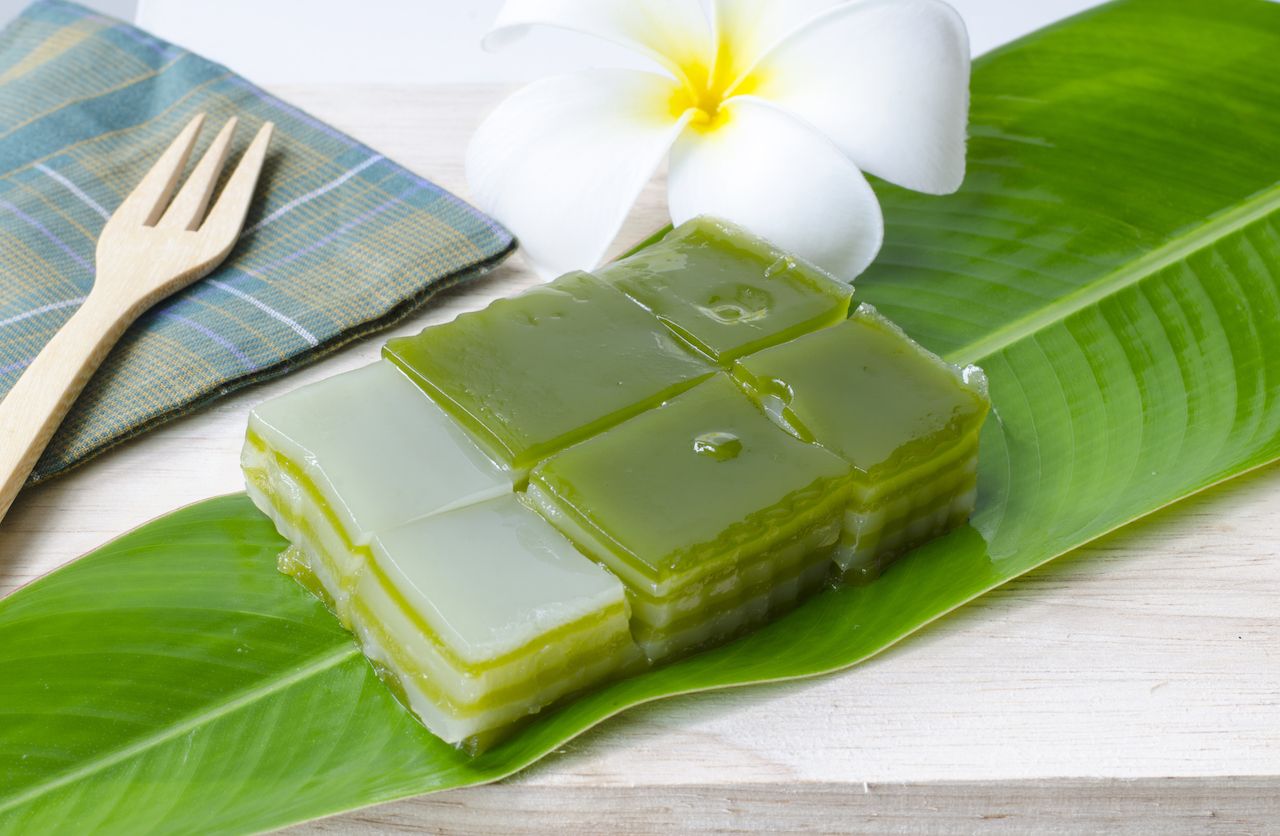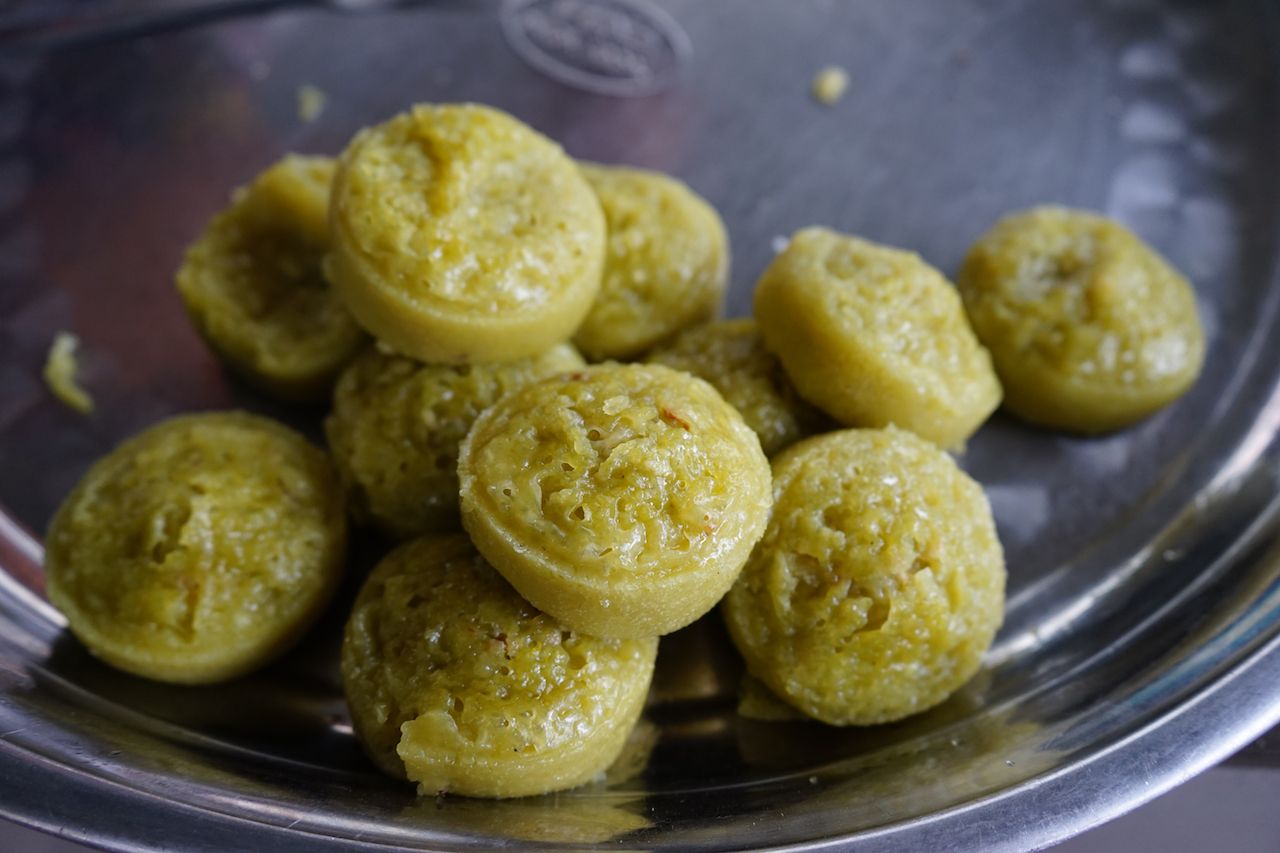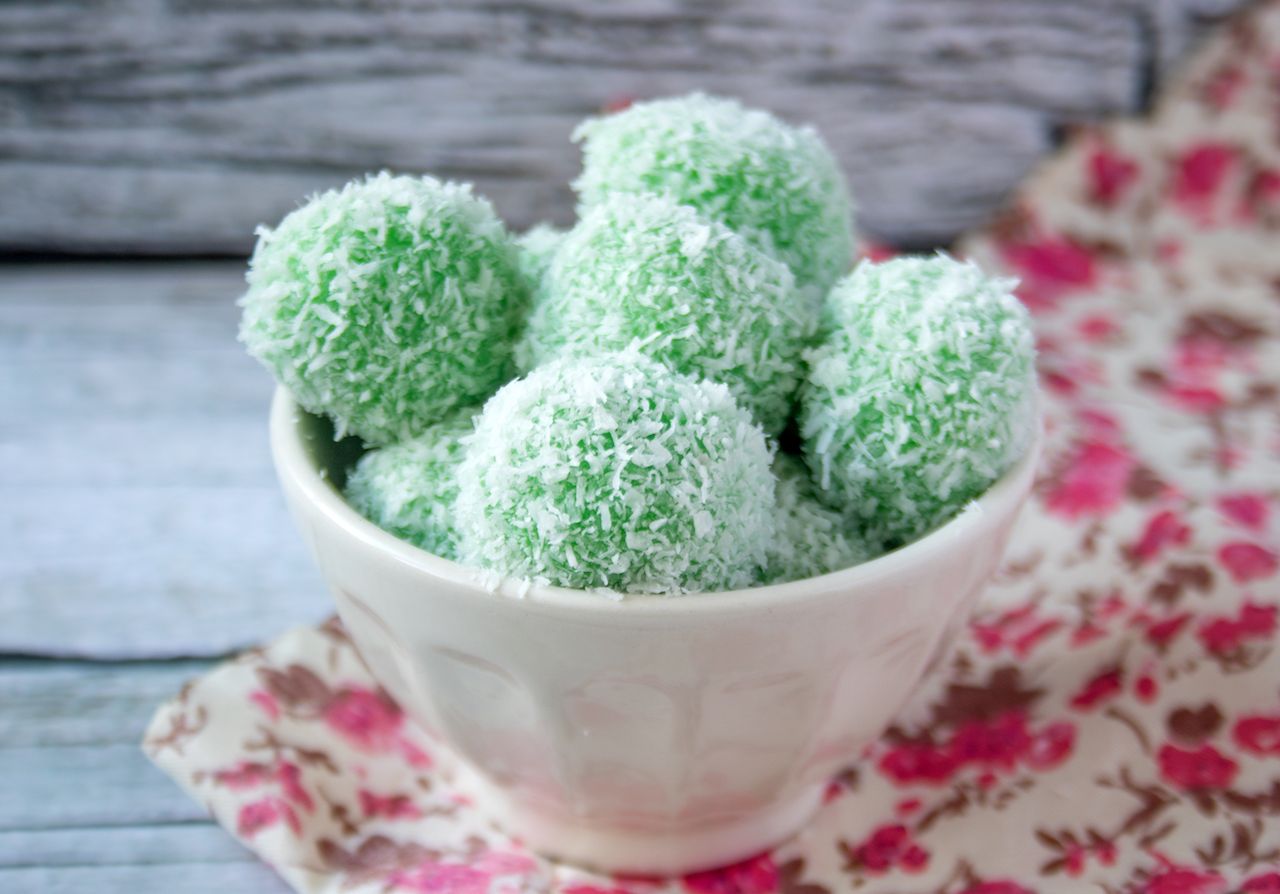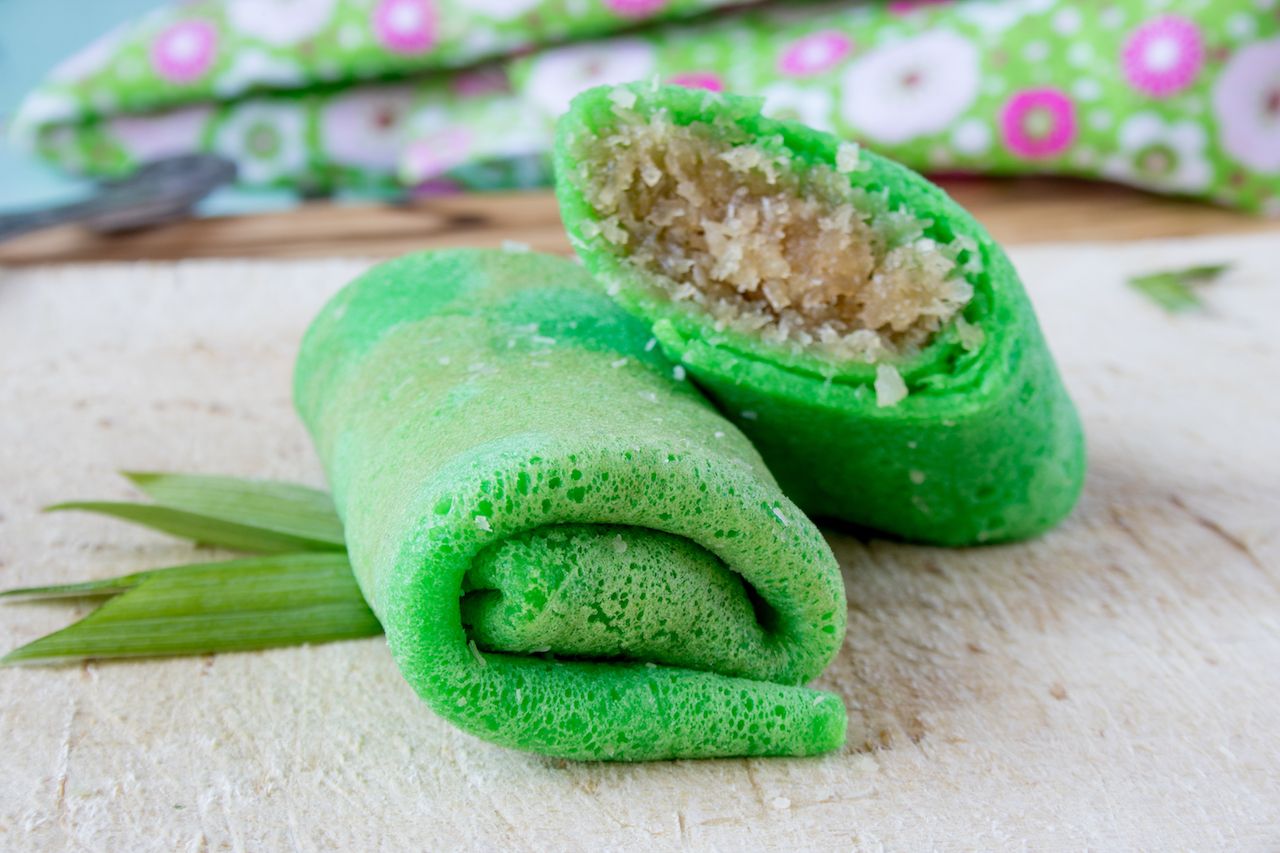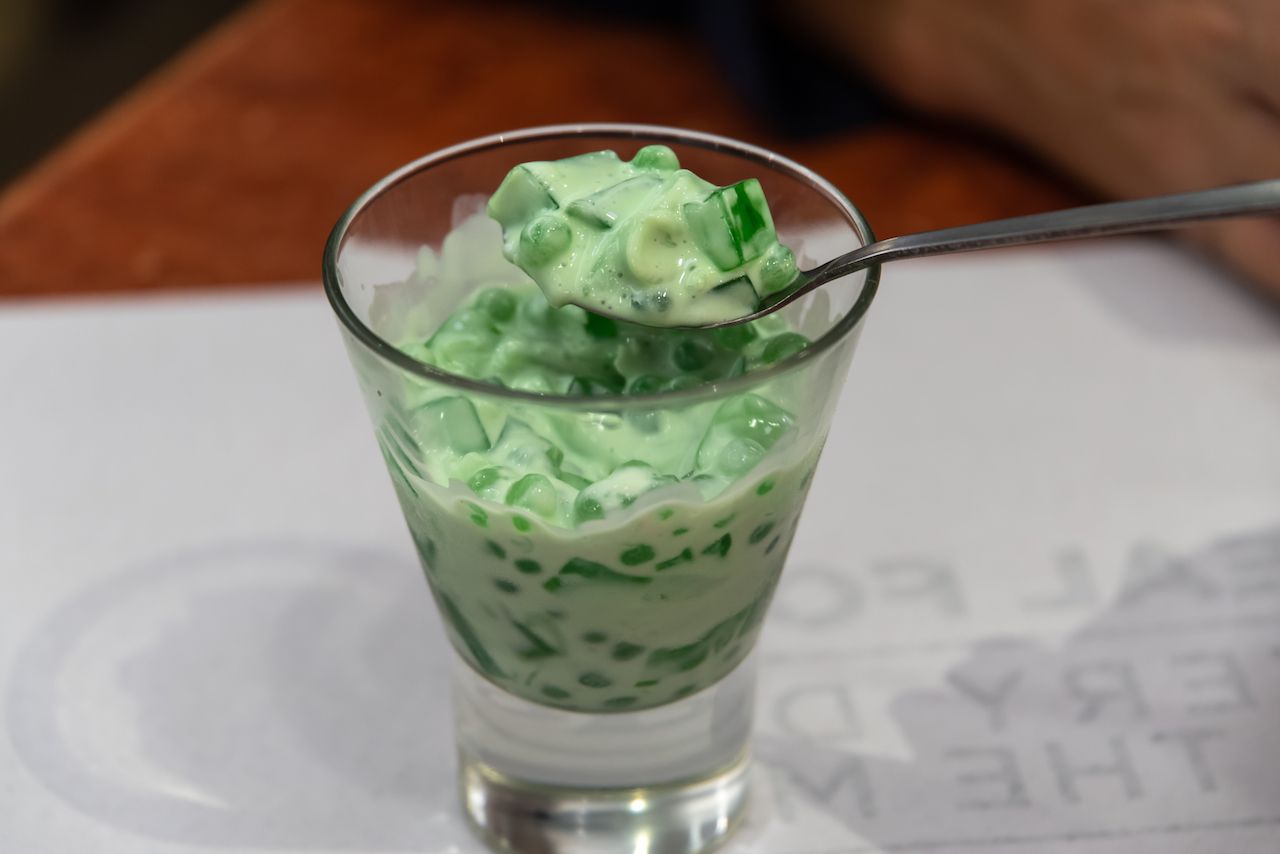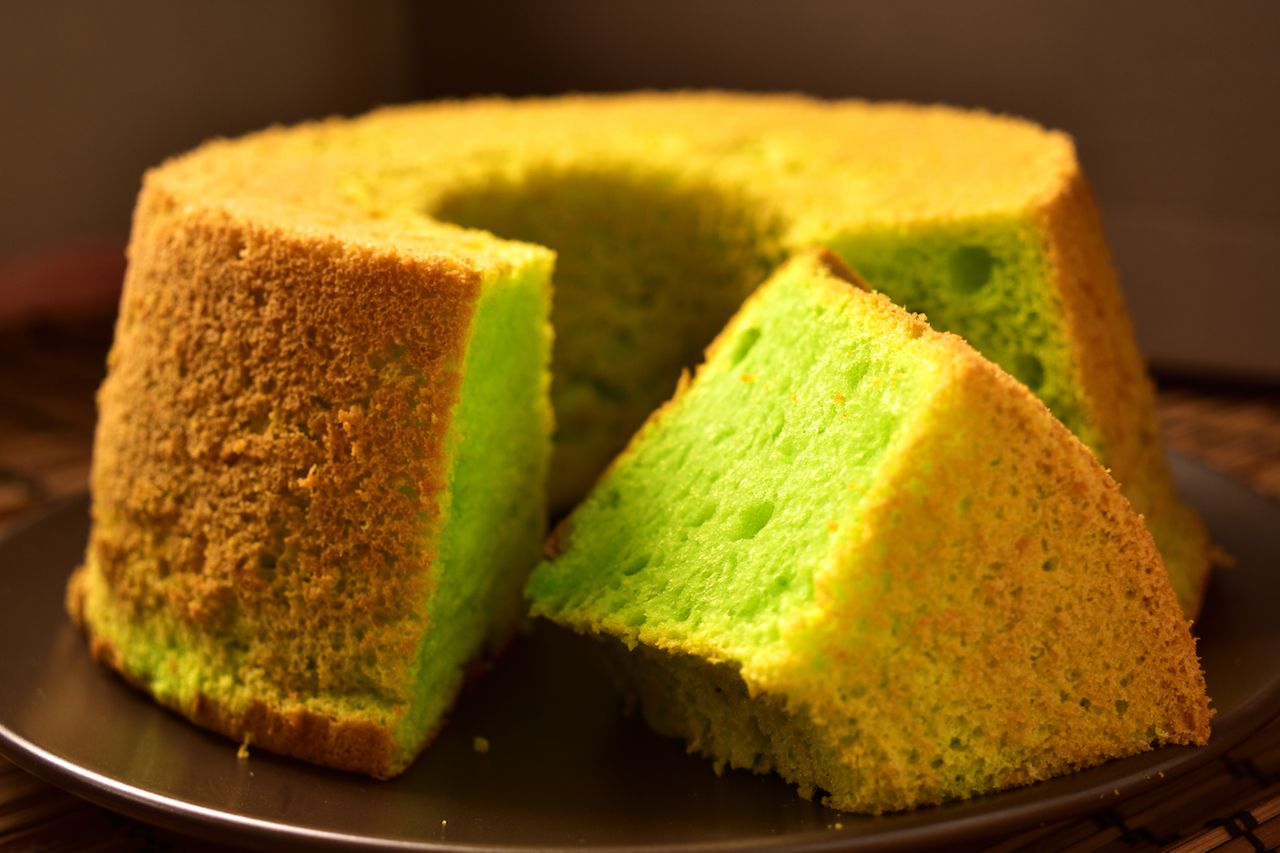Some of the tastiest, most eye-catching desserts in Southeast Asia are bright green. While most neon desserts can typically credit their hue to artificial dyes, the verdant color is all thanks to a single natural ingredient: pandan, a plant that tastes of vanilla, tropical fruits, and flowers all wrapped in one. From silky, sweet custards to sticky rice cakes, the spiky leaves of the tropical pandan plant give desserts a distinctive grassy sweetness and a playful green hue.
Also known as screwpine leaf, pandan is spread onto toast and mixed into desserts in Malaysia, Thailand, Vietnam, Indonesia, and beyond. It’s as common a flavoring as vanilla is in the West and has a pleasant flavor despite the plant’s beguiling appearance of tough leaves that look more like leek greens than dessert fodder.
Pandan is often pigeonholed as Southeast Asia’s vanilla, but apart from making a regular appearance in sweets and desserts, that’s where the similarities end.
